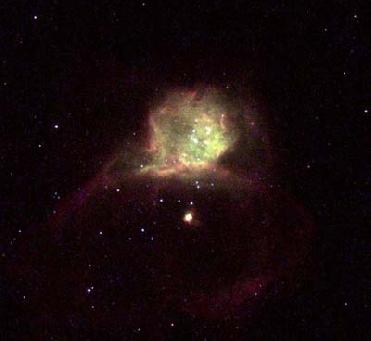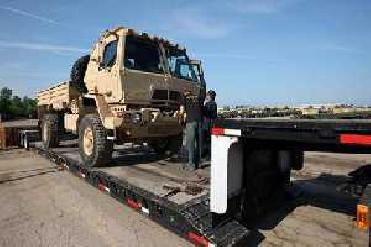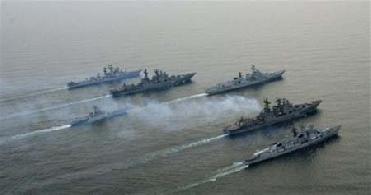
WASHINGTON (PTI): In a key finding, scientists claim to have found evidence that like bubbles bursting on the surface of a glass of champagne, "bubbles" in our galaxy also burst and hydrogen gas clouds originate from them.
An international team, led by Swinburne University, has based its findings on an analysis of the first detailed observations of "halo" gas clouds in our galaxy, using CSIRO's Parkes telescope.
The halo clouds skim the surface of our galaxy, sitting 400 to 10,000 light years outside the Galactic disk.
They are big � an average-sized cloud contains hydrogen gas 700 times the mass of Sun and is about 200 light years across.
"We're studying the clouds to understand what role they play in recycling material between the disk and halo. The clouds can fall back down into the main body of the Galaxy, returning gas to it," team leader Dr McClure Griffiths said.
The scientists studied about 650 clouds and found striking differences between them in different areas of the Galaxy. One part of the galaxy had three times as many clouds as another next to it, and the clouds were twice as thick.
The region with lots of thick clouds is where lots of stars form, while the region with fewer clouds also forms fewer stars, Dr McClure Griffiths said.
But the halo clouds aren't found exactly where stars are forming right now. Instead, they seem to be linked to earlier star formation.
Massive stars grow old quickly. After a few million years they shed material into space as a "wind" and then explode. This violence creates bubbles in the gas in space, like the holes in a Swiss cheese.
"Stellar winds and explosions sweep up gas from the Galactic disk into the lower halo. We've found this churned up gas is 'spritzing' the surface of the Galactic disk in the form of halo clouds," he said.
A star-forming region is active for less than a million years, but a super bubble in the galaxy takes 20 or 30 million years to form. "Just as yeast takes a while to make wine bubbly, stars take a while to make the Galaxy bubbly," Dr McClure Griffiths said.
This study is the first to accurately locate the halo clouds in relation to the main body of the galaxy.
 Previous Article
Previous Article Next Article
Next Article












The Indian Air Force, in its flight trials evaluation report submitted before the Defence Ministry l..
view articleAn insight into the Medium Multi-Role Combat Aircraft competition...
view articleSky enthusiasts can now spot the International Space Station (ISS) commanded by Indian-American astr..
view article